The bizarre taste in helmets of Japanese samurai, generals and warlords would put any modern cosplayer to shame, and sengoku jidai buffs have been busily collecting up some of the most egregiously eccentric examples.
The classic Japanese helmet (“kabuto”) came into being during the Heian period, and became an essential martial accessory during the Sengoku Jidai period.
However, with feudal daimyo increasingly more interested in advertising their presence on the battlefield than participating directly in combat they began to take on less practical designs, eventually becoming the subject of the daimyo equivalent of creepy otaku collectors.
All this culminated in the “kawarikabuto,” or “strange helmet,” some of the finest surviving examples of which are presented below.
The helm of Gamō Ujisato, the Christian lord of Mutsu province and overlord of Obama castle – the helm atop his ebon armour is supposed to resemble the terrifying tail of a catfish, although modern Japanese cannot help but describe him as “lastboss class evil overlord”:
The zombie armour of Katō Kiyomasa, daimyo of Azuchi-momoyama, conqueror of half of Korea and vanquisher of Chinese general Yang Hao – his armour is meant to look like a rotting corpse:
The pointy helm of Mori Yoshinari, spear master lord of Mino province, who was mockingly called “19” (fingers and toes) because he managed to lose a finger in battle:
Mori Nagayoshi, a daimyo vassal of clan Oda who was famously ill-tempered, perhaps because of this helmet:
Barbarian quelling generalissimo Toyotomi Hideyoshi found carrying his war fan around the battlefield so much of a hassle he cheekily stashed it in his helmet – although given his military record it is hard to see his vast armies complaining:
His other helms are rather less practical:
Tachibana Muneshige, a samurai elevated to provincial lord and renowned for his kindness, was so keen nobody forget he was a big name (daimyo, “大名”, actually just means “big name”) that he had the character for “big” (大) incorporated in his helm:
He also had a stylish “○” helm which will be familiar to Koei fans:
Mori Ranmaru, the page (and hot teenage boy lover) of Oda Nobunaga, is legendary for cutting his belly in the honourable fashion after his master was forced to kill himself by a particularly treacherous general, actually had the entire “Namu-Amida-Butsu” Buddhist prayer worked into this rather showy helm:
Akechi Mitsuharu, a cousin of the aforementioned general, who famously gutted himself and then wrote a poem on a nearby door in his own blood after fleeing a military defeat (after helping out his dead lord by killing his wife and children), had this rather fetching set of bunny ears on his headgear:
Mercifully, the owner of this hare-emblazoned helm is not known:
No less than Uesugi Kenshin had this masterpiece (the moon and hare are intimately associated in Japanese mythology, explaining why rabbits were acceptable motifs to feudal warlords):
Another one of his memorable helms:
The fearsome nekomimi helm of Matsudaira Nobukazu, a Tokugawa daimyo, although it was actually modelled on the tufts of a horned owl:
Matsudaira Chikatada, a Tokugawa ancestor, had a furry helmet – although it certainly would make the wearer look like an ass, it was probably intended to resemble a deer:
Tōdō Takatora, a lowly ashigaru made good (rising up the ranks to become Toyotomi’s fleet admiral during the invasion of Korea and ending up as a feudal lord reporting to Tokugawa Ieyasu himself), had this preposterous helm made – said to be based on the head-wear of a Tang dynasty mandarin:
Yamauchi Toyomasa, an Edo period lord and master of the sword who bankrupted his province by squandering its wealth on Noh and feasting, never actually had a chance to test his skills in real battle, so his cute lop-eared bunny helm is perhaps appropriate:
A variation on the bunny helm – wave-rabbit:
Kuroda Nagamasa, a Tokugawa vassal whose second claim to fame was the notorious ugliness and imbecility of his son and heir, had this understated helm as his first:
His other famous helmet:
The owner of this intimidating helm evidently considered crabs the most intimidating sight he could present his foes with on the battlefield:
This one went one step further and chose a scallop:
A shrimp:
Turbo cornutus, the turban shell sea snail, is an obvious choice for a helmet:
Apostate daimyo Kuroda Yoshitaka, or Don Simeon to give him his soon abandoned Christian name, was a military strategist under Toyotomi, although why he chose to wear a bowl on his head is not clear:
The owner of this helm chose a vajra gripped in a fist for his kabuto, perhaps hoping some of its divine powers would be transferred to him on the field:
The owner of this piece seems to have anticipated western fashion by several centuries:
Fortunately Disney was not around to sue this general:
Date Shigezane, a northern general of some renown, chose a hairy caterpillar as his ornament as “they never take a step back”:


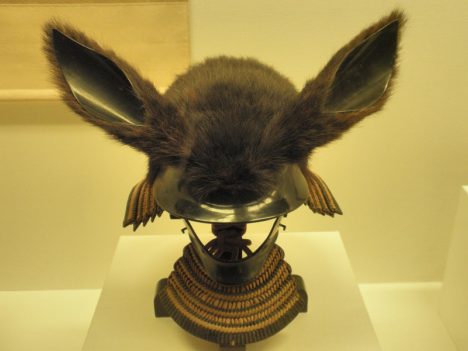
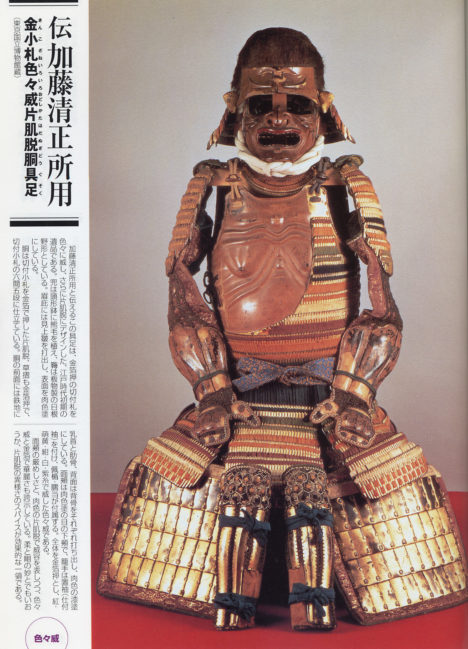
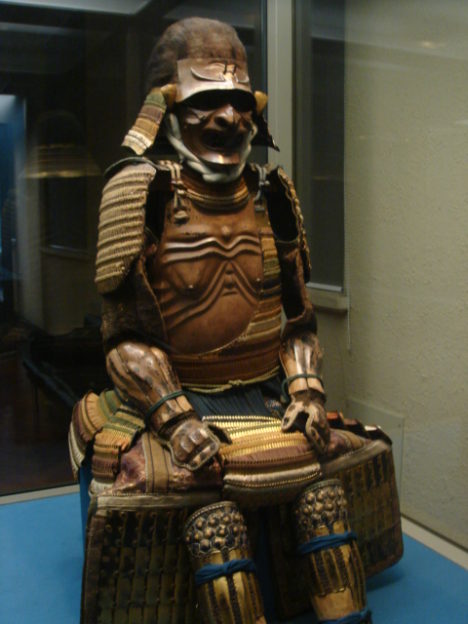




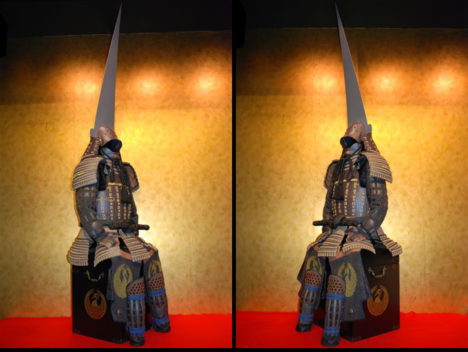

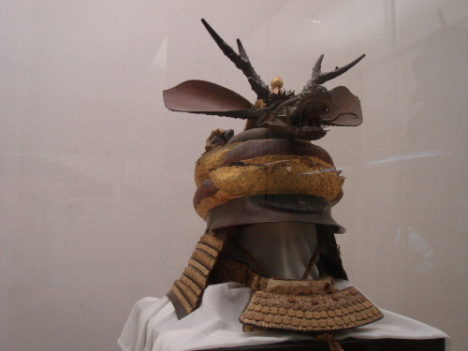
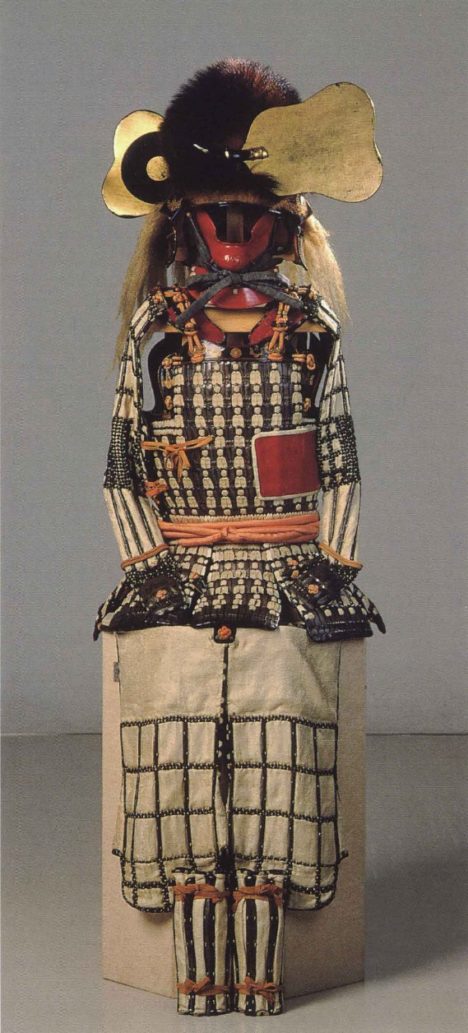




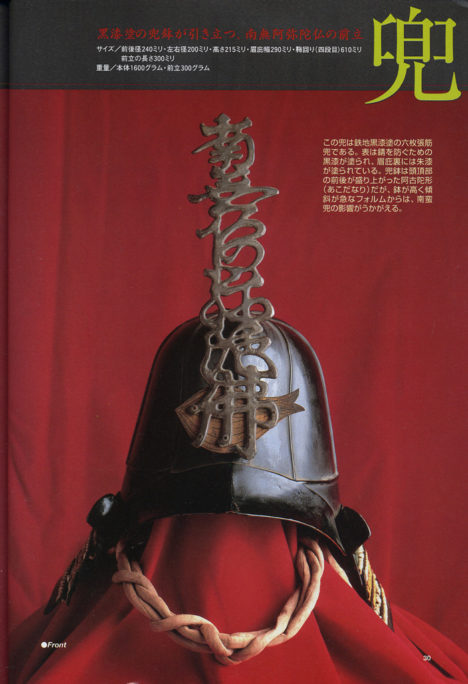






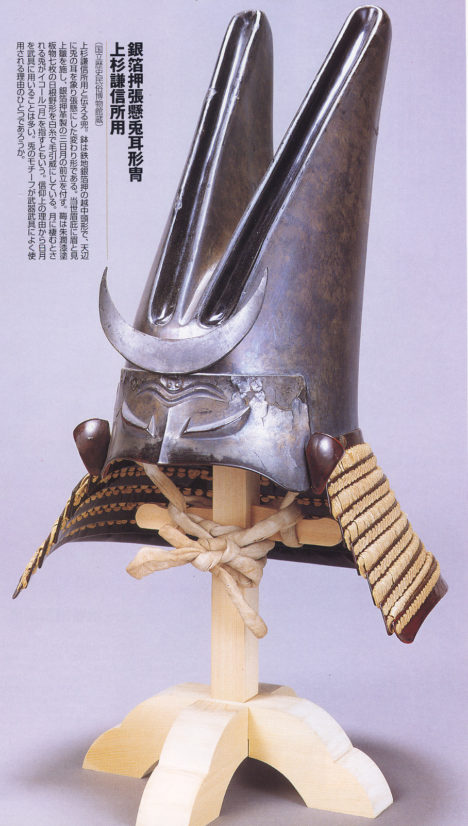

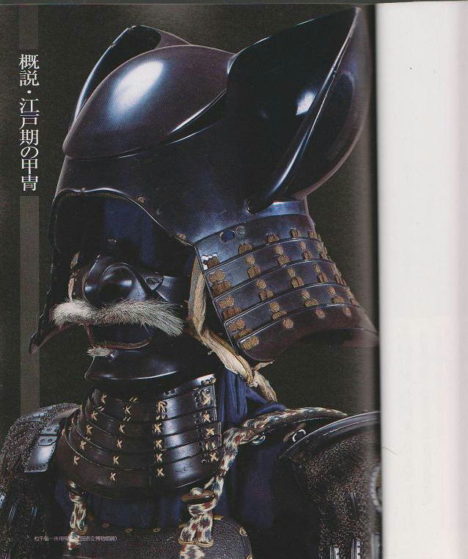
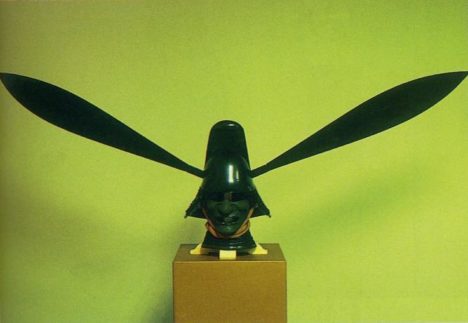
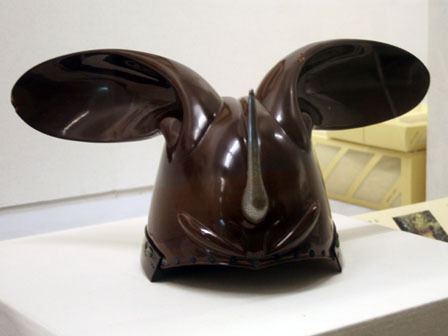




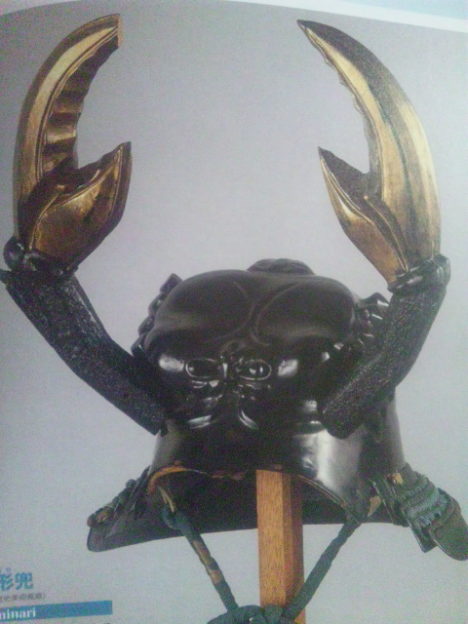







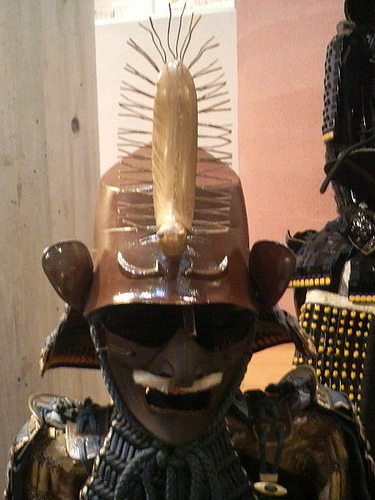





The top hat looking one is a confusian hat, they exhisted in China for over a thousand years, and in Korea for over half of that. I actually suspect the european top hat was modelled after this hat, as the top hat was well after established trade routes and british occupation of china.
Reminds me of of that girl from Rance.
This feels like lady Gaga went back to the past and redesign their helmet….
#1 Looks like a the head of a villain from Dragonball Z.
haha this is incredible, half of the lords must of been tripping balls ahaha but I can see where the far east design comes from for some armours. But one or two are kinda cool or bizarre but no so you laugh at them.
*far east design comes from for some armours in anime and outfits